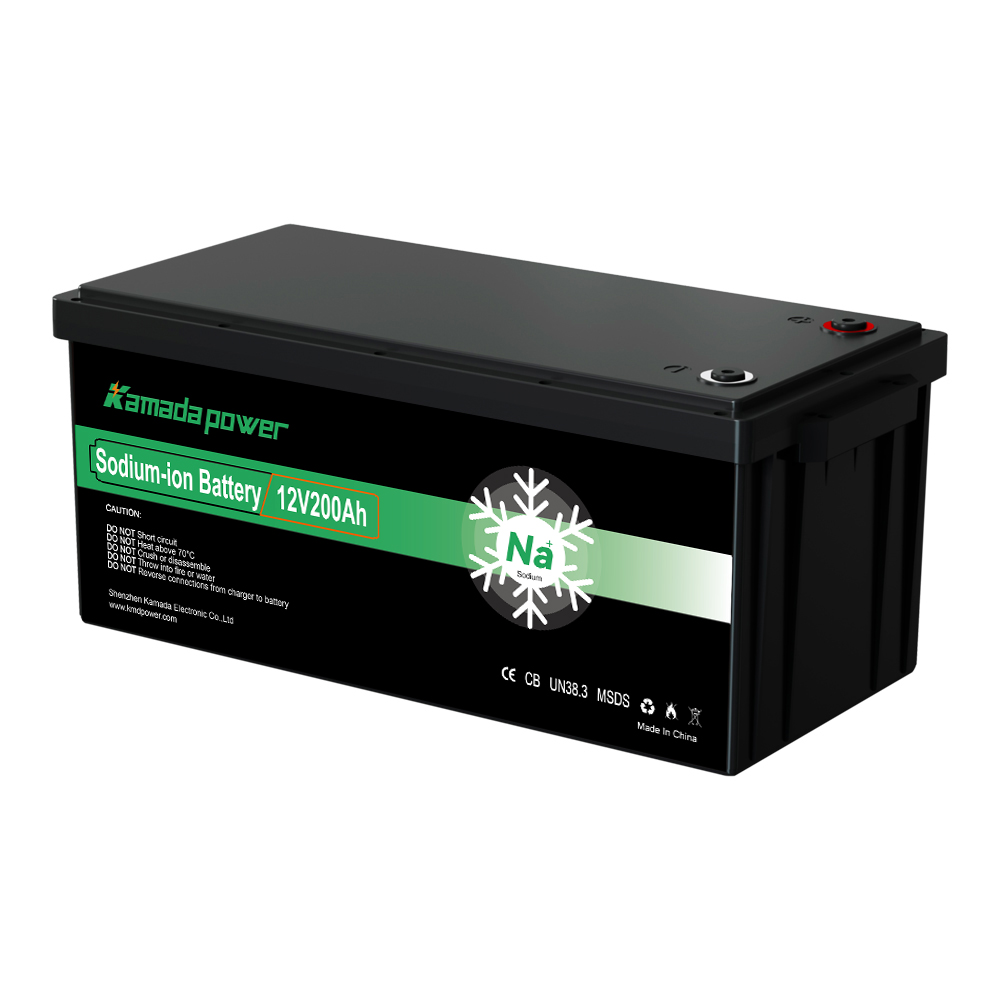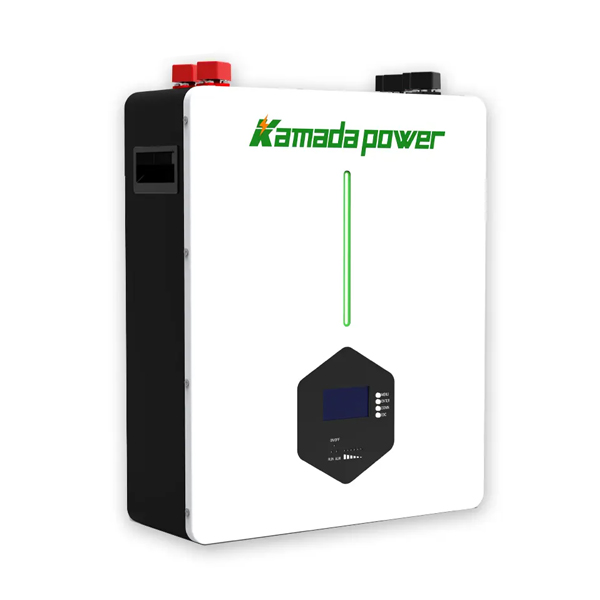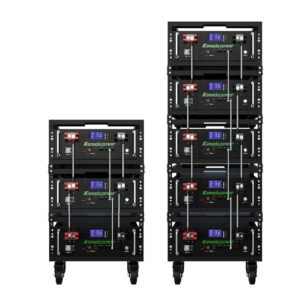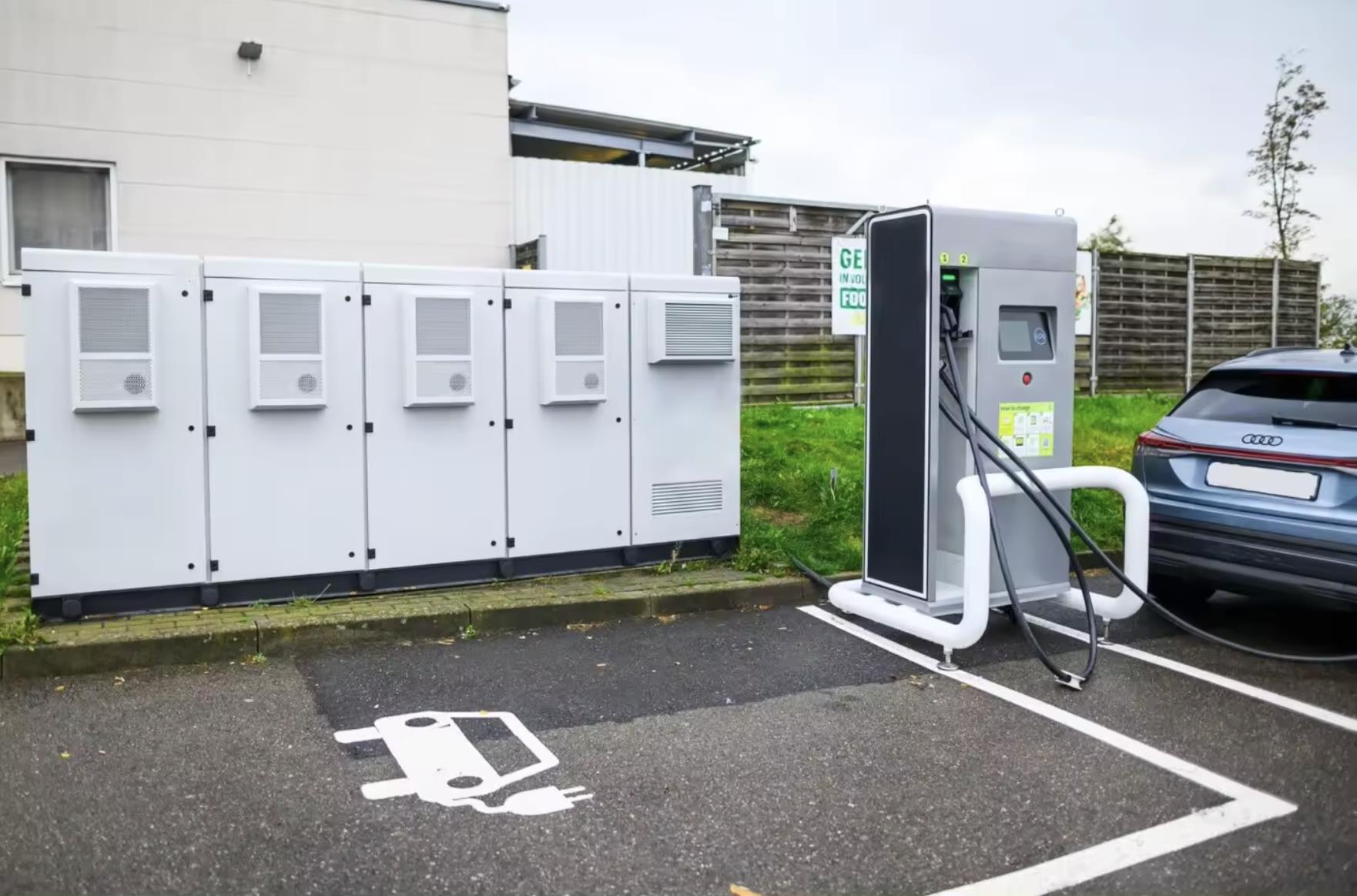What Does ESS Mean in Energy Storage Systems? Let’s talk energy. The landscape is changing fast. Solar and wind power are growing rapidly, and our legacy grid wasn’t built for this dynamic flow. US homes and businesses need lower bills and reliable power during outages.
This is where the Energy Storage System – the ESS – becomes essential.
More than just a battery, an ESS is a sophisticated system bridging when energy is available (like midday solar) and when you need it. It’s about intelligent control, strategic optimization, and building genuine energy resilience tailored to US needs.
Drawing on hands-on experience in the ESS battery industry, I’ve seen ESS transforming everything from utilities to homes. In this guide, we’ll cover what an ESS is, why it’s vital, its core components, different types, real-world applications, critical considerations for deployment in the US, and common challenges.
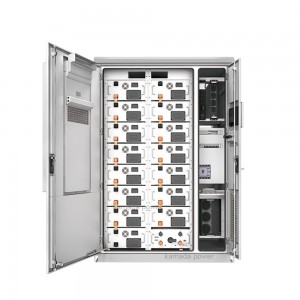
Kamada Power 200 kwh Battery C&I Energy Storage Systems
What Does ESS Mean
At its core, an Energy Storage System (ESS) captures energy, stores it safely, and releases it later when needed. Consider it your advanced electrical energy bank.
The fundamental principle: Uncouple energy generation timing from consumption timing. This is a powerful capability.
Two key metrics define an electrical ESS:
- Energy Capacity (kWh/MWh): Total energy the system can hold. Determines how long it supplies power or how much solar it stores.
- Power Rating (kW/MW): Max energy flow rate. How fast it charges/discharges now. Critical for peak loads or grid support.
Understanding capacity vs. power is essential for correctly evaluating and sizing ESS for a specific application.
Why Energy Storage (ESS) is Essential for Today’s Grid and Beyond
The clean energy transition in the US isn’t possible without sophisticated energy storage. ESS growth is vital due to evolving grid demands and renewable characteristics. Here’s why ESS is critical:
- Enabling Reliable Renewable Integration: Solar/wind are intermittent. ESS stores energy when abundant, releasing it when output is low but demand is high, making renewables predictable and dispatchable for grid operators.
- Fortifying Grid Stability & Resilience: ESS provides near-instant support for frequency, voltage, and rapid reserve power, making the US grid more robust against fluctuations and outages.
- Delivering Significant Cost Savings: Charge when electricity rates are low (off-peak, solar), discharge during expensive peaks (TOU optimization). For businesses, Peak Shaving cuts high ‘demand charges’.
- Providing Reliable Backup Power: Seamlessly disconnects from the grid during outages (islanding) and immediately powers critical loads for homes/businesses, offering essential resilience, often faster than generators.
- Accelerating Decarbonization Efforts: Enables higher renewable integration and reduces reliance on polluting fossil fuel ‘peaker’ plants, lowering greenhouse gas emissions.
Inside an ESS: Exploring the Core Components
An ESS is a sophisticated, integrated system of key components working together intelligently and safely.
Energy Storage Medium: The Power Reservoir
The element storing energy (e.g., battery cells like Li-ion, flow batteries). Choice impacts performance and safety.
Power Conversion System (PCS): Managing Energy Flow
The “electrical interface.” Manages power flow into (charging) and out of (discharging) storage (e.g., bidirectional inverter). Converts DC to AC and vice-versa. Efficiency and speed are critical.
Battery Management System (BMS): Ensuring Battery Health & Safety
CRITICAL for battery systems. Acts as the guardian and health monitor. Constantly checks cell voltage, temp, current. Ensures operation within safe limits, balances cells, estimates SOC/SOH. Provides crucial protection against dangerous conditions. In US, robust, certified BMS (UL 1973) is non-negotiable.
Energy Management System (EMS): The System’s Intelligent Control
The “Brain.” Collects data (prices, grid, usage, BMS status) and tells the PCS when and how much to charge/discharge based on strategy (economic savings, grid services). Its sophistication is key to maximizing value.
Balance of Plant (BOP) & Infrastructure: The Supporting System
Auxiliary equipment for safe, reliable operation: transformers, switchgear, wiring, thermal management (cooling/heating), fire suppression, enclosures. Handles interfaces (connecting to grid, building loads) compliant with US codes (NEC, NFPA 855).
These components form a tightly integrated system for directing, executing, supervising, and supporting energy storage operations.
Types of Energy Storage Systems: Technologies and Applications
ESS encompasses various technologies and scales. Battery Energy Storage Systems (BESS) dominate current deployments in the US.
Energy Storage Technologies Explained
| Technology Type | How Stored Energy | Typical Use Cases | Key Considerations |
|---|---|---|---|
| Battery | Electrochemical reactions | Homes, businesses, utilities, EV charging | Modular, fast. Lifespan, safety design, cost. |
| Mechanical | Potential/kinetic energy | Large utility (Hydro), fast-response (Flywheel) | Massive scale, long life. Geography dependent. |
| Thermal | Heat or cold in materials | Industrial, large solar plants, HVAC | For heating/cooling. Less direct electric grid use. |
| Chemical | Energy in chemical bonds | Long-duration concepts (Hydrogen) | Massive long-duration potential. Lower efficiency. |
BESS leads due to Li-ion cost drops and ease of deployment. US stationary market favors Lithium Iron Phosphate (LFP) for better safety and cycle/calendar life over energy density, critical for grid/commercial applications compared to other Li-ion (NMC).
ESS Deployment Scales
| Scale / Deployment | Typical User(s) | Main Value | Characteristics |
|---|---|---|---|
| Residential ESS | Homeowners | Lower bills (solar, TOU), backup | Compact, home install, often with solar. |
| C&I ESS | Businesses, Factories | Peak Shaving, TOU savings, backup | Sized for facility load, ROI-driven. |
| Grid-scale ESS | Utilities, Operators | Grid stability, renewable integration, capacity | Very large, connected to high-voltage grid. |
Systems are sized and optimized for distinct missions. “CESS” is informal for C&I ESS.
Applications of ESS
ESS provides practical benefits through specific applications:
Reducing Electricity Bills: Peak Shaving & TOU
Most compelling economic benefit. Cut expensive ‘demand charges’ for businesses by discharging during peak load spikes (Peak Shaving). Use cheaper energy stored during low-rate periods in expensive peak times (TOU Optimization) using utility tariff rules.
Ensuring Operational Continuity: Backup Power
Provides critical resilience. Seamlessly disconnects from grid during outages and immediately powers designated critical loads for homes/businesses needing continuity. Often faster than generators.
Maximizing Solar Investment
Store excess midday solar instead of exporting for low credit. Use stored solar later (evening peak) when needed (solar time-shifting), boosting self-consumption and solar ROI.
Providing Grid Support and Stability
Utility-scale ESS provides essential services: fast frequency regulation, voltage support, rapid reserve capacity, vital for grid stability with more variable renewables. Acts as ‘virtual power plants’.
Value is clear: cost savings, power continuity, effective renewables, grid stability.
Choosing the Right ESS
Selecting the right ESS requires analysis and expert consultation. Key factors to evaluate:
Define Your Goals
What’s the most important problem to solve? Drives technical/economic decisions.
Analyze Load Profile
Detailed power usage data is crucial for correct Power (kW) and Energy (kWh) sizing. Incorrect sizing impacts ROI.
Understand Your Utility Tariff
Rate structure dictates how ESS saves money (demand charges, TOU, export rates). EMS needs this rulebook.
Assess Your Site
Space, location, temperature, access. Practicalities influence design and installation.
Navigate Safety Codes & Permitting (UL, NFPA)
Critical in US. Compliance with NEC, NFPA 855 fire code is mandatory. Requires UL 9540 (system), UL 1973 (batteries) certifications. Work with experienced professionals. Protects people/property.
Evaluate Economics: Cost, ROI, & Incentives
Clear upfront cost (CAPEX) vs. projected ROI from savings. Factor O&M. Explore federal (ITC), state/local incentives to improve economics.
Vet Vendors & Warranty
Reputable provider? Track record? Warranty coverage (capacity degradation, cycle life) and duration (10 years common for BESS) is essential long-term assurance.
Getting these right upfront is crucial for a safe, reliable, valuable ESS deployment.
Challenges in ESS Deployment and the Path Forward
Challenges exist but are being addressed by the industry:
Initial System Cost
Upfront investment can be a hurdle. ROI analysis and leveraging incentives are vital.
Safety Perception vs. Reality
Modern systems are safe (BMS, standards, design). Emphasize certified equipment, professional install/maintenance to build confidence. High-profile incidents are rare relative to deployments.
Regulatory Hurdles
Utility interconnection, local permitting can be complex and inconsistent. Standardization efforts are ongoing.
Supply Chain Dynamics
Raw material volatility for batteries impacts cost/lead times. Building more resilient chains is a focus.
Addressing End-of-Life Battery Management
Developing scalable, economic, sustainable battery recycling/repurposing processes is an ongoing challenge as deployments grow.
Innovation and standardization make deployment smoother, safer, and more cost-effective.
Conclusion
An ESS is a powerful, integrated system – more than a battery – capturing, storing, and intelligently deploying energy. Components: PCS, BMS, EMS, BOP. Types: tech and scale (Grid, C&I, Residential).
ESS is vital for the energy transition. Makes renewables practical, strengthens grid, provides backup, offers economic value. Despite challenges, ESS is moving to an essential infrastructure component. Understanding ESS is key to understanding energy’s future – a cleaner, more resilient, flexible grid.
Kamada Power As best commercial and industrial energy storage systems manufacturers in china, offers a specialized customized ESS solucation. contact kamada power get a quote.
FAQ
Q1: What is the difference between BESS and ESS?
- A: ESS is the broad term for energy storage systems. BESS is a type of ESS using batteries. All BESS are ESS, but not all ESS are BESS (e.g., pumped hydro is ESS, not BESS).
Q2: How does C&I ESS save businesses money?
- A: Primarily by reducing expensive ‘demand charges’ through Peak Shaving (discharging during peak load spikes) and lowering costs via Time-of-Use (TOU) optimization (charging during low rates, discharging during high rates).
Q3: How long can an ESS power a building during an outage?
- A: Depends on the system’s total Energy Capacity (kWh) and the building’s actual power consumption (kW) during the outage. ESS systems are sized for specific critical loads and desired backup duration (e.g., 2, 8+ hours).
Q4: How is ESS safety ensured?
- A: Safety involves multi-layer protection: safer battery chemistry (like LFP), robust BMS, thermal management, strict adherence to US standards (UL 9540, UL 1973), and professional installation/maintenance following codes (NEC, NFPA 855).
Q5: What’s the difference between BMS and EMS roles?
- A: The BMS manages the battery pack’s health/safety (monitoring cell data, preventing damage). The EMS is the higher-level brain managing the entire ESS operation (when/how much to charge/discharge based on grid signals, prices, goals), using data from the BMS.


